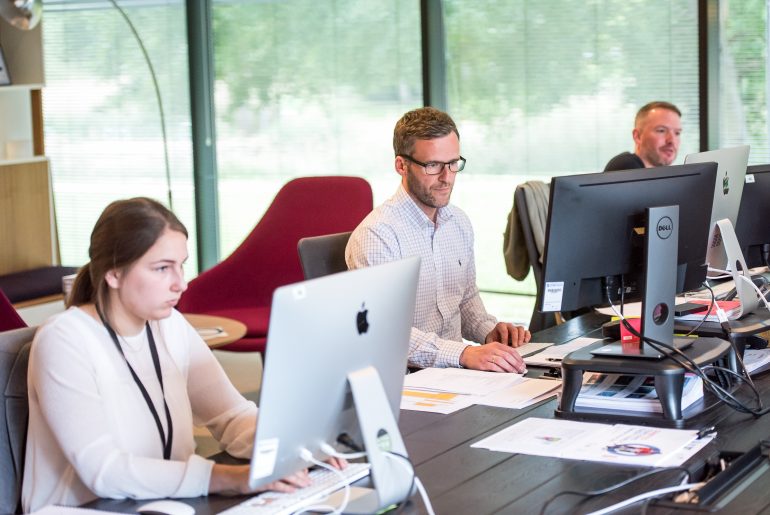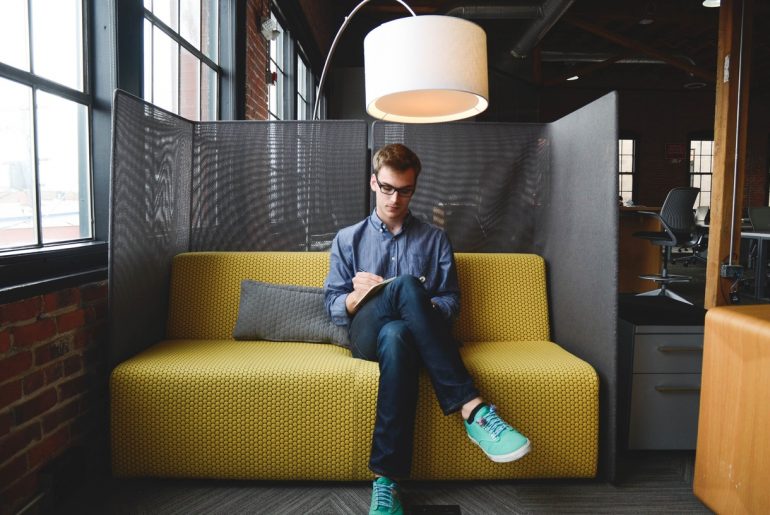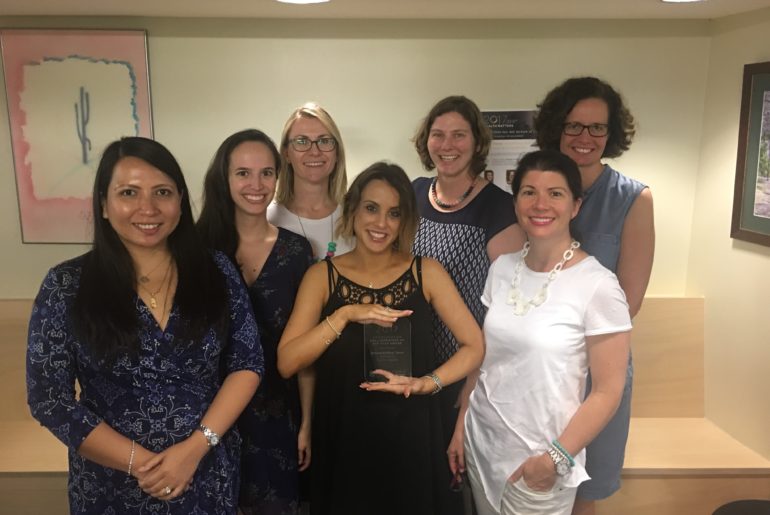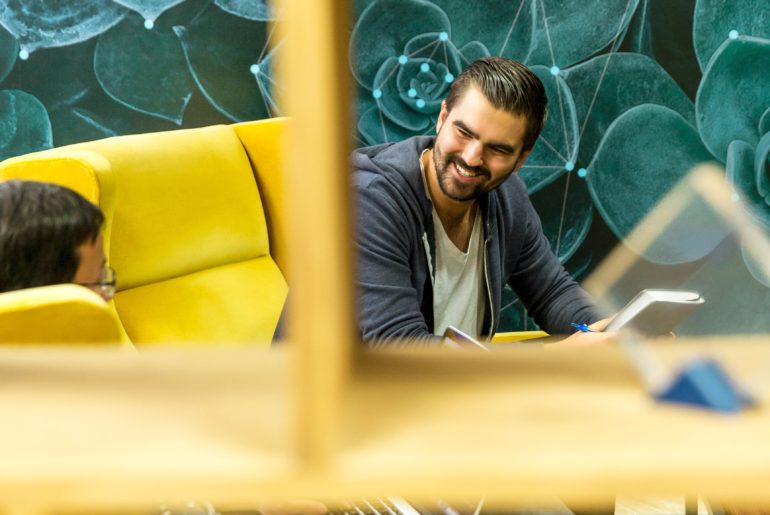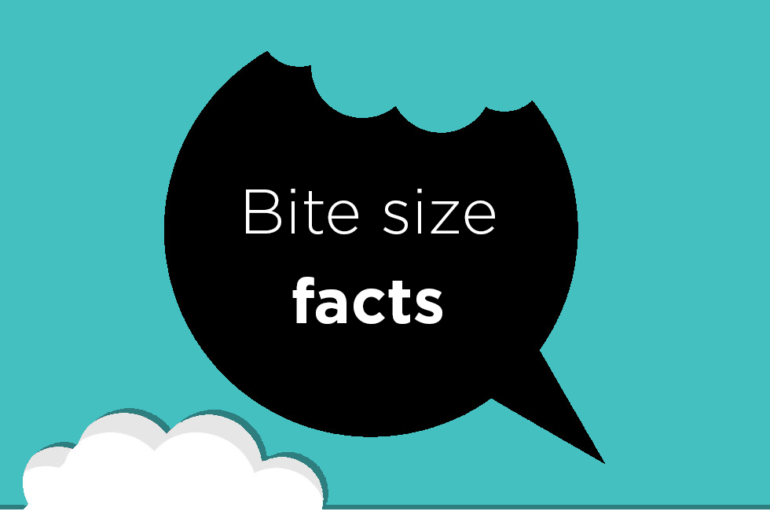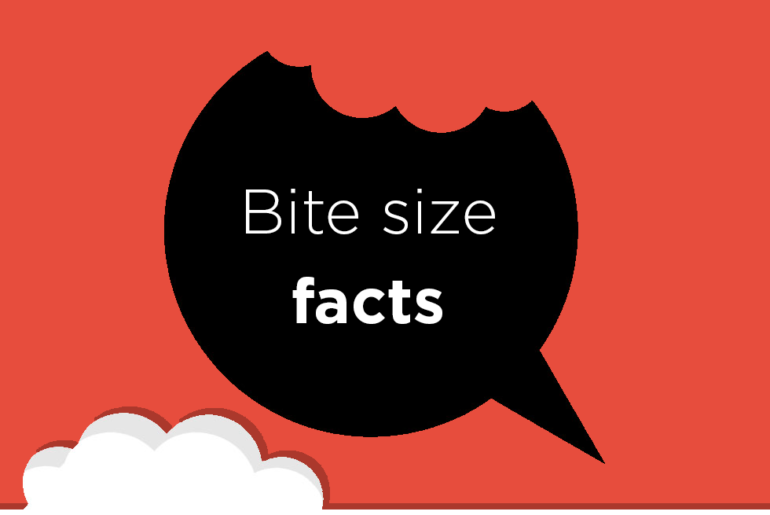The following article was written by Sophie O’Connell and published in Occupational Health and Wellbeing on the 7th June 2019. The modern world and the constant pursuit of technological growth have almost eliminated the need for movement in our daily lives. While commuting we sit in our cars or on the bus; at work we sit at our computers or in meetings; during our leisure time we sit watching TV, playing computer games or socialising with friends. Because of technology advancements we do not even need to leave the comfort of our own homes to socialise, stay in touch with friends and family, to shop, to work or even be entertained on a screen. This means that, on average, Brits spend around 9.5 hours a day spent sitting. Typically, the amount of time spent sedentary each day increases with age. In working-age adults much of this sitting is done at work. Evidence shows that office-based workers spend around 75% of their working day sitting, with a third of sitting time being done for a prolonged period. Many of us are guilty of spending time sitting for extended periods due to work, travel or various social commitments. But with the growing…
Direct Healthcare Costs Of Sedentary Behaviour In The UK
The following press release originally appeared on the BMJ Newsroom and was published on March 23rd 2019. Spending large amounts of time sitting or lounging around during the day is linked to around 70,000 deaths per year in the UK and the NHS spends in excess of £0.7bn per year treating the health consequences, suggests research from Queen’s University Belfast and Ulster University published online in the Journal of Epidemiology & Community Health. A large proportion of the UK population have sedentary jobs and leisure activities, and official physical activity recommendations regarding sedentary behaviour are vague. Previous studies have shown that spending large parts of the day sitting down increases the risk of cardiovascular disease, type 2 diabetes, cancer and death and is a burden on health services. But no estimate of the financial impact that sedentary behaviour has on the NHS has been calculated, so the authors set out to do just that. Figures calculated by other researchers on the impact sedentary behaviour has on the relative risks of five specific health conditions (type 2 diabetes, cardiovascular disease, colon cancer, endometrial cancer and lung cancer) and deaths from all causes were combined with figures on the percentage of adults…
Sitting for More Than 13 Hours a Day May Sabotage the Benefits of Exercise
The following article, written by Gretchen Reynolds, was originally posted by the New York Times on April 10, 2019. Sitting for most of the day could make us resistant to the usual metabolic benefits of exercise, according to a small but worrying new study. The findings, in the Journal of Applied Physiology, suggest that inactivity may alter our bodies in ways that are not just unhealthy on their own but also blunt the healthfulness of exercise. We know, of course, that physical activity is good for us and being sedentary, for the most part, is not. Regular exercise reduces the risk of heart disease, Type 2 diabetes and many other chronic conditions. Even a single workout can improve our metabolisms, studies show, so that we burn fat more efficiently after meals and keep our blood sugar and insulin levels steady. Inactivity, meanwhile, has almost the opposite physiological effects. People who spend most of their waking hours sitting face heightened risks for many chronic diseases. They often also experience metabolic problems that raise the risk of diabetes and heart disease, including insulin resistance, poor blood sugar control and high levels of triglycerides, the fatty acids from food that linger in the blood…
“Research commercialisation: Tips for starting your journey”
The following article, written by Matt Frith – one of our BeUpstanding™ team members, and managing director and founder of Kin8 – was originally published in The Research Whisperer on May 29, 2018. Research commercialisation can be daunting, but in a landscape of dwindling government funding and ever-shifting technological and commercial realities, it can be a powerful way to bring new ideas and change into the world. For researchers and academics, however, the businesses, people and language can be so different that it’s almost alien. The way a researcher or academic thinks, the goals they have to achieve in their career, are very different to those of a corporate department’s director or CEO. So, how do you begin to feel comfortable exploring the world of research commercialisation? For this post, we’ve put together some detailed tips, based on our experience working with both researchers and corporate partners. The biggest barriers are often emotional, so these tips are designed to get you both thinking and feeling, along with actions, to start your path forward. You have value. We can tell you right now that someone in the corporate sector values what you are doing and what you have. You have intellectual property, processes, team members,…
Benefits to heart health of reducing workplace sitting
We know that significant reductions in workplace sitting are achievable. But how does reducing sitting impact on workers’ health? We examined this using data from our Stand Up Victoria intervention – a 12 month intervention in office workers that used organizational-, environmental- (including sit-stand workstations) and individual-level approaches to reduce prolonged workplace sitting time in desk-based workers. What did we do? We recruited 14 work teams and over 200 workers (136 intervention; 95 control) from the one organisation to take part in this cluster randomised controlled trial. We measured 14 biomarkers of body composition, blood pressure, glucose metabolism, lipid metabolism and a composite overall cardio-metabolic risk score in both the intervention and control participants at three time points: before the intervention, after three months of the intervention (end of the intensive intervention phase), and after 12 months. What did we find? We found a significant, beneficial intervention effect for fasting glucose and the clustered metabolic risk score at the 12 month assessment. This beneficial effect for fasting glucose was mainly due to the control group getting worse over the 12 months. There were no significant intervention effects observed at 3 months. Notably, sitting was primarily replaced with standing. What does this…
UQ Commendation Award for Collaborators of the Year!
We have some exciting news! The BeUpstanding™ Team received a commendation award for collaborators of the year from the University of Queensland in the Faculty of Medicine. We are honoured that our hard work over the past year has been reconginised! We could not have done it without the participation and engagement of workplace champions and the support from our incredible industry partners (VicHealh, Queensland Office of Industrial Relations, Safe Work Australia, Heart Foundation / HeathierWorkplaceWA, and Comcare). We have been working hard and have exciting things planned in 2018 that we cannot wait to share with you! To be one of the first to know, sign up to our newsletter (at the bottom of this page). Pictured are just some of our Outstanding Upstanding team. Image (Left to right): Genevieve Maher, Jennifer Warren, Brianna Fjeldsoe, Ana Goode (Program Translation Leader), Genevieve Healy (Principal Investigator), Anne Bannister, Sheleigh Lawler.
Policies relating to occupational sedentary behaviour?
Your workplace is likely to have policies regarding leave, fire safety, employment conditions, etc. etc. but what about sedentary work? Dr Pieter Coenen led a qualitative review of existing national and international occupational safety and health policies relating to occupational sedentary behaviour. He concluded that although there were no occupational authority policies that focused specifically on sedentary behaviour, there were a relevant aspects of existing policies that could be modified to address occupational sedentary behaviour. Do you have a policy addressing occupational sitting in your workplace? Please share your story with us.
Sit, Stand, Move, Repeat!
Feeling foggy? It might be time to get up…
The following article was published in The Conversation on July 27th, 2017. Could too much sitting be bad for our brains? Sitting affects our glucose levels, which affects our brain. Unsplash/Andrew Branch, CC BY-SA Michael Wheeler, University of Western Australia; Daniel Green, University of Western Australia; David Dunstan, Baker Heart and Diabetes Institute, and Paul Gardiner, The University of Queensland In many aspects of life where we need to use our brain power, we also tend to sit down: at school, at work, sitting exams or concentrating on a crossword. In a new paper, we explore how prolonged sitting may affect the brain’s fuel supply and have a negative impact on brain health. The brain is a glucose hungry organ. It weighs about 2% of body mass but demands about 20% of our resting energy requirements, which is mostly in the form of glucose, the primary brain fuel. If this energy supply is disrupted it can impair and even damage brain cells. Therefore, the availability of glucose to brain cells may have implications for brain health. Exposure of the brain to both high glucose levels and low glucose levels can increase the risk of developing dementia. Also, switching between a…

